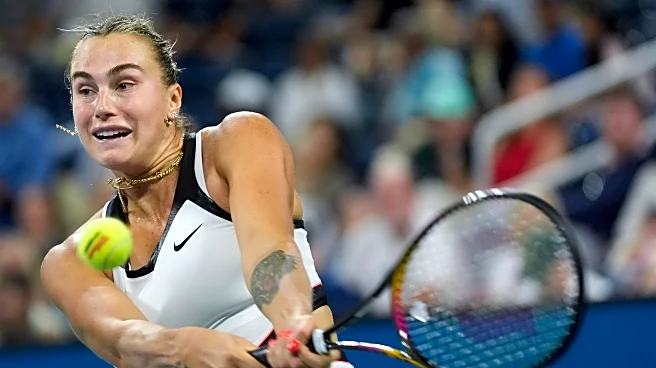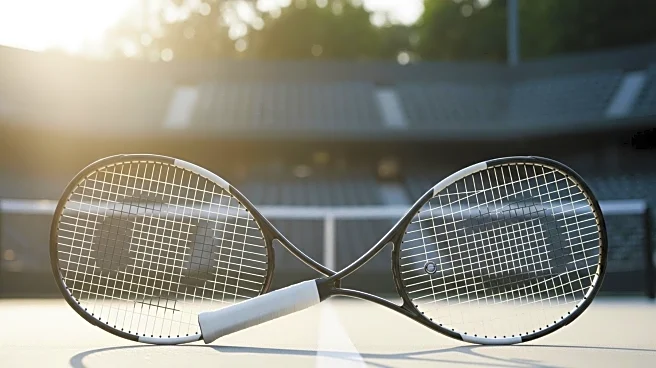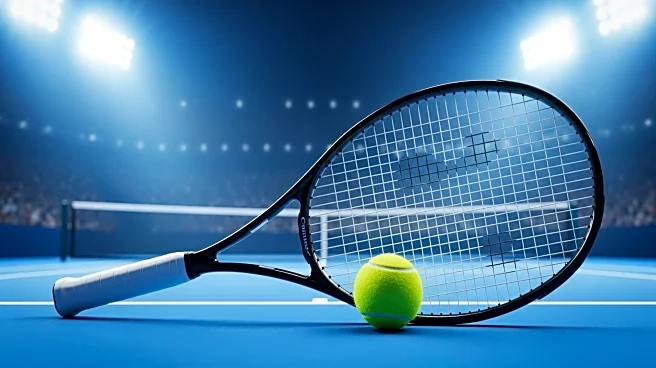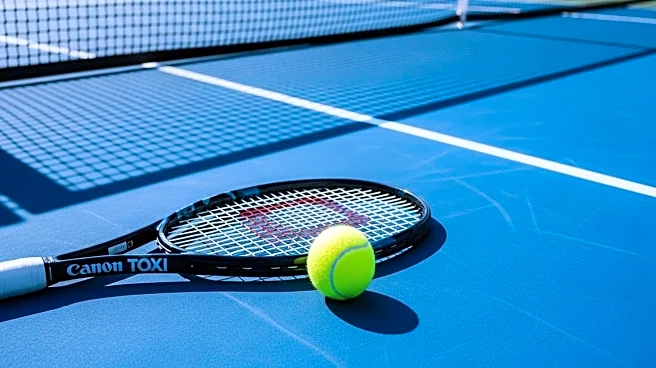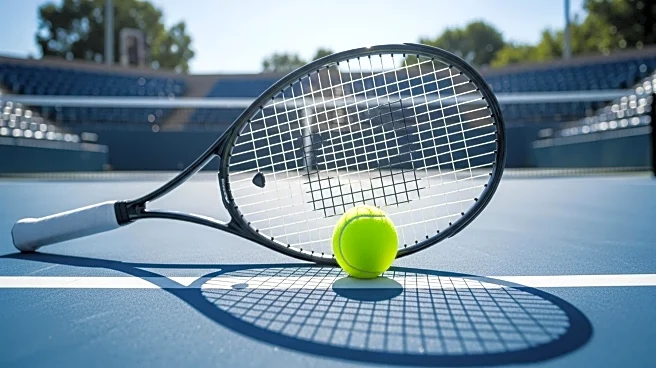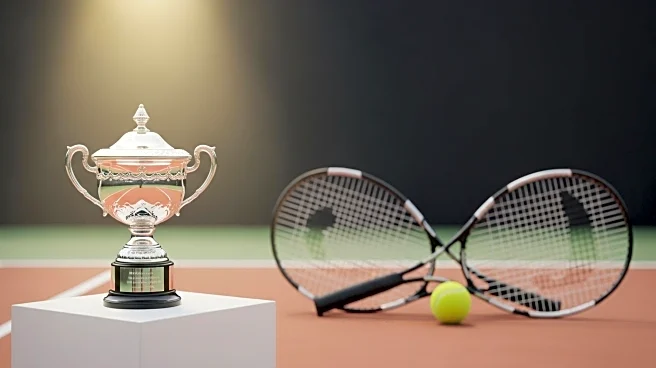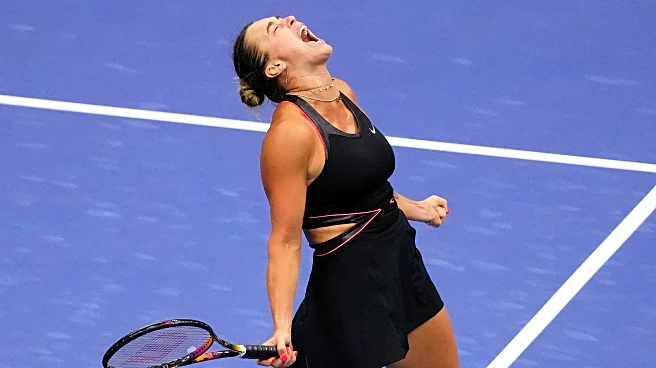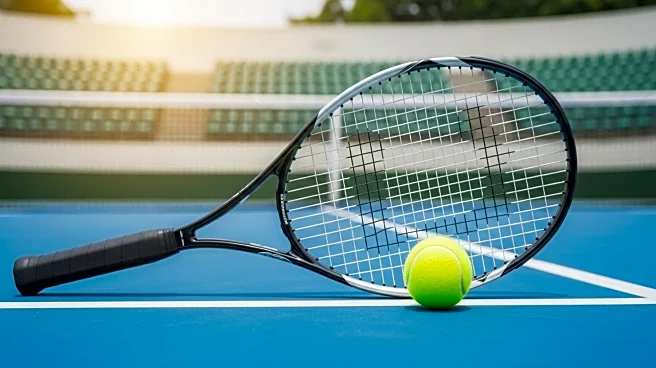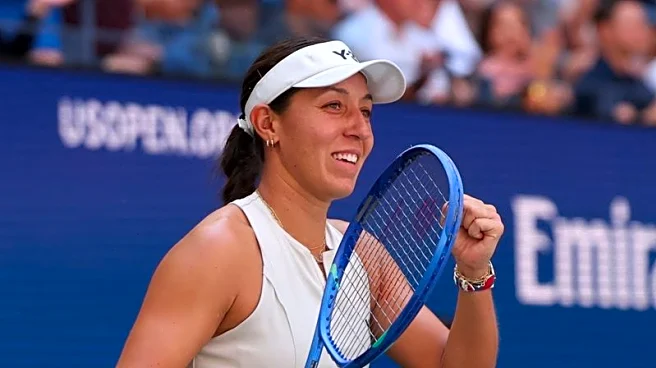What's Happening?
The US Open women's final is set to feature Aryna Sabalenka against Amanda Anisimova. Sabalenka, the No. 1 seed, has a strong record in hard-court Grand Slam finals, having won three of them since 2023. Anisimova, the eighth seed, has a 6-3 head-to-head record against Sabalenka, including a recent victory at Wimbledon. The final, scheduled for Saturday, September 6, at 4 p.m. ET, will be broadcast on ESPN. The winner will receive a prize of $5 million. Anisimova's journey to the final has been marked by significant improvements against top players, while Sabalenka's experience in Grand Slam finals gives her an edge.
Why It's Important?
The US Open final is crucial for both players, with significant implications for their careers and the women's tennis landscape. Anisimova's performance could establish her as a major contender in women's tennis, while Sabalenka aims to reinforce her dominance. The $5 million prize adds financial stakes, impacting the players' earnings and potential sponsorship deals. The match also highlights the competitive nature of women's tennis, with emerging players challenging established champions, potentially leading to shifts in rankings and future tournaments.
What's Next?
Post-final, the focus will be on the implications of the match for both Anisimova and Sabalenka. Anisimova's ability to handle the pressure of a Grand Slam final on home soil will be closely watched, influencing her confidence and career trajectory. Sabalenka's performance will be scrutinized to see if she can maintain her status as a top player in women's tennis. The outcome could affect sponsorships, endorsements, and media attention for both players, shaping their public profiles and marketability.
Beyond the Headlines
The final underscores broader themes in sports, such as the importance of mental health support for athletes and the role of resilience in achieving success. Anisimova's journey highlights the potential benefits of therapy and mental health breaks, which could encourage sports organizations to prioritize mental well-being. The match also reflects the competitive nature of women's tennis, with emerging players challenging established champions, potentially leading to shifts in the sport's landscape.


